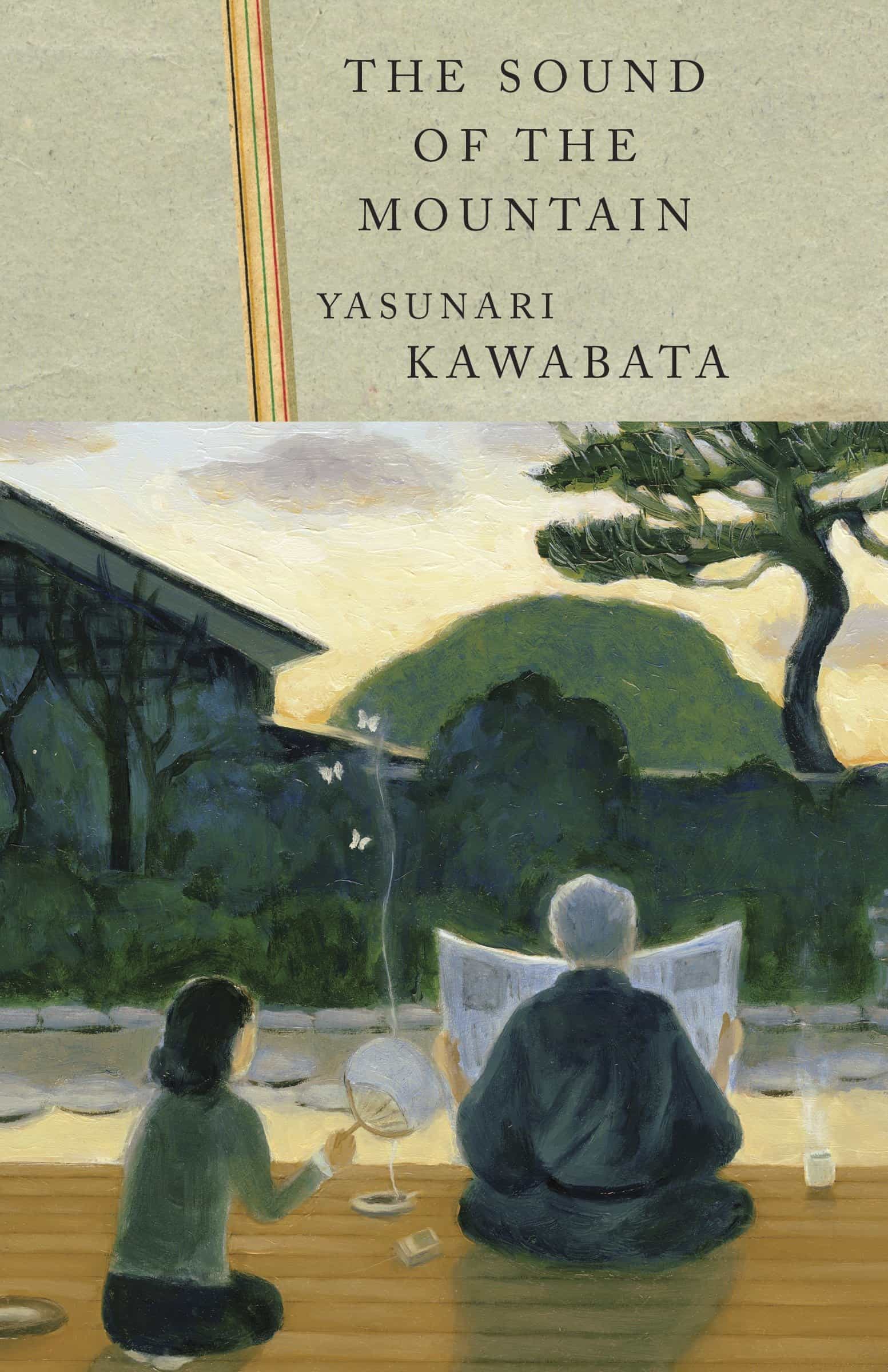Even if you do not know anything about Yasunari Kawabata, the title of the novel gives you a pause. The Sound of the Mountain. What does that mean? The sea has a sound – of waves. Rivers, streams, waterfalls all have sounds because there is a movement. But how can a mountain have a sound? Or is it the sound of the wind blowing over the mountain? Setting aside all these questions, I started reading the book.
The story is about Shingo and his family. Shingo has just crossed sixty. He lives with his wife Yasuko, son Shuichi and his daughter-in-law Kikuko. His daughter Fusako has left her husband and has returned home with her two daughters. Shingo is a businessman and his son is also working in his company.
Some authors provide descriptions of every character in such detail – height, colour, clothing, special marks – as if they are filing a missing persons report. While this is a common occurrence in crime thrillers or spy novels, even classic authors like Dickens follow the same pattern. Then there are authors like Vikram Seth who go the opposite way. If a description comes naturally in the story, it is provided otherwise no details are given about how each character looks like. Kawabata falls in the same category. He does not tell you anything that is not required. So all details that most authors consider necessary to ‘build a character’ such as, what is Shingo’s business, where was he born, what was his childhood like, etc. have been omitted. Fusako has broken up with her husband and is back home with her two daughters and Shuichi is having an extramarital affair. The story revolves around these two events. Other references are provided obliquely. We gather from Shuichi’s conversation that he has come back from the war. Shingo’s classmates are dying one by one and while going to their funerals he is plagued by the thought of his own future. Shingo and Shuichi both have been affected differently by the way and these effects are felt, sometimes clearly and at other times vaguely.
The other major theme is nature. Arrival of winter, summer or autumn, the changing colour of the cherry tree in the garden, the eagle that visits the roof every year in the month of may, the sound of the bell in the Buddha temple of the mountain with the arrival of the spring, and of course, sakura or cherry blossom. But even here, Kawabata does not spend pages in detailed descriptions. Rather, he captures the essence in few sentences with such eloquence that it can only be compared with a haiku. And Kawabata must have been influenced by haiku because there are references to it in the novel.
An example. Shingo is going to the office in the morning. His granddaughter follows him. Shingo grabs her hand and leads her to the corner. Any author would have taken at least half a page to describe this. Kawabata does it in four sentences.
‘Grandfather.’ She followed after him.
He led her by the hand to the corner of the street. There was summer in the figure running back toward home.
Irrespective of whether the rules of haiku fit, this description has the same effect as a haiku. First two sentences are straightforward. Children always follow elders, especially while going out of the house. Third sentence tells us that grandpa has taken her hand and is guiding her. Kawabata shines in the fourth sentence. “There was summer in the figure running back toward home.” One is reminded of the joy and carefree nature of summer that Antonio Vivaldi captured in his composition.
Shingo keeps on having dreams. We realise that the dreams are closely connected with the events that are happening. Often, Kawabata hints at certain things through dreams rather than stating them explicitly. There are news stories about school girls having abortions. Shingo has a dream about it that night. Next day, Kikuko gets a letter from her friend who also had an abortion. All these coincidences baffle Shingo and he has a chilling premonition.
But, as he gazed at her, unable to speak, he felt in himself a flicker of something youthful, and was startled as another thought flashed across his mind, that Kikuko was pregnant and was thinking of an abortion.
Later on, this really happens but Kawabata leaves it there. The faint whiff of mystery is all there is, the story does not indulge in it. This is the difference between Kawabata and Haruki Murakami. The thin boundary of mystery that Kawabata barely touches, that is the starting point for Murakami.
Kawabata received the Nobel Prize in Literature in 1968. In his speech, he talks at length about suicide. Four years later, on 16th April, 1972, Kawabata was found dead at his home in Tokyo. Since no note was found, it is not clear if this was an accident or a suicide.


